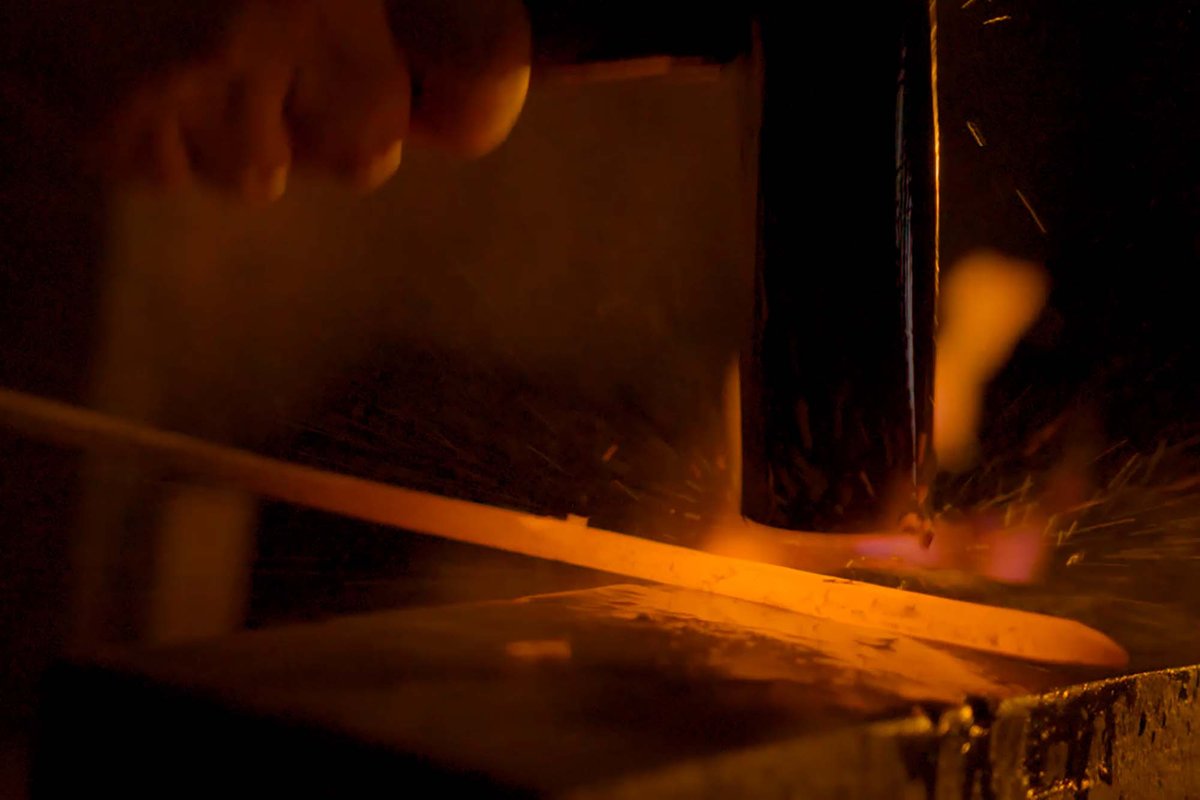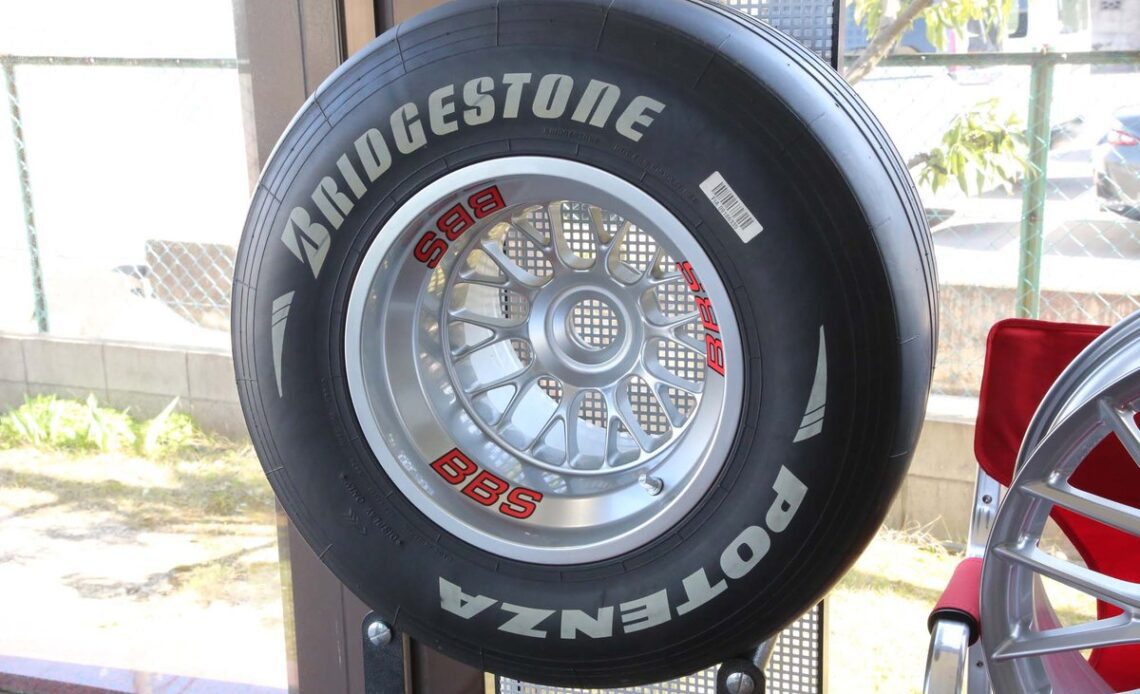Even now, Japanese components big and small are contributing to the performance of F1 cars. And all the wheels used by F1 cars are produced in Japan.
From the start of the 2022 season, F1 wheels were increased in size from 13 inches to 18 inches. At the same time, it was decided there would be a single supplier, and BBS forged magnesium wheels were selected in the tender.
BBS first entered F1 in 1992, when it began supplying forged magnesium wheels to Ferrari. During the era in which Michael Schumacher dominated the sport at Ferrari, he had the support of BBS wheels.
ミハエル・シューマッハーが最強を誇っていた時代、フェラーリはBBSのホイールを履いていた。
Photo by: KotsuTimes
All of these BBS forged wheels are produced in Takaoka City, Toyama Prefecture. Indeed, you might be surprised to learn that they are forged on the same production line as wheels sold to the public. These forged wheels are then sent to Germany for final machining and to be painted, before being delivered to the F1 teams.
Roots in making swords – what exactly is forging?
When it comes to metal products, casting, the process of melting metal and pouring it into a mould, and machining, the process of cutting the raw material metal down to size, are common. Forging on the other hand is a process that may not be familiar to many.
In essence, forging is a process in which the metal is struck to create the desired shape. In fact, it’s a method that has been used since ancient times, and in Japan, it corresponds with the way craftsmen make swords.
Many of you will probably have seen images of swords being made by striking Tamahagane, a special type of steel, with a hammer. By striking the metal repeatedly, the space inside the metal is reduced, the metal fibres themselves become finer and more uniform, and the result is a strong and hard metal product.

日本刀も、槌で叩くことで鍛錬。強い刀に仕上げていく。
Photo by: BBS Japan
Not only on F1 cars, but the wheels on all cars are subject to large loads. When the power of a car is transmitted to the road, or when the uneven surface of a road has to be absorbed, wheels are indispensable. To withstand these loads, a high level of strength and rigidity is required, and forging is the ideal way to meet these requirements.
However, that’s not the only advantage of forging; a characteristic of ‘suppleness’ is also imparted during the process. By deforming flexibly,…
Click Here to Read the Full Original Article at Motorsport.com – Formula 1 – Stories…

